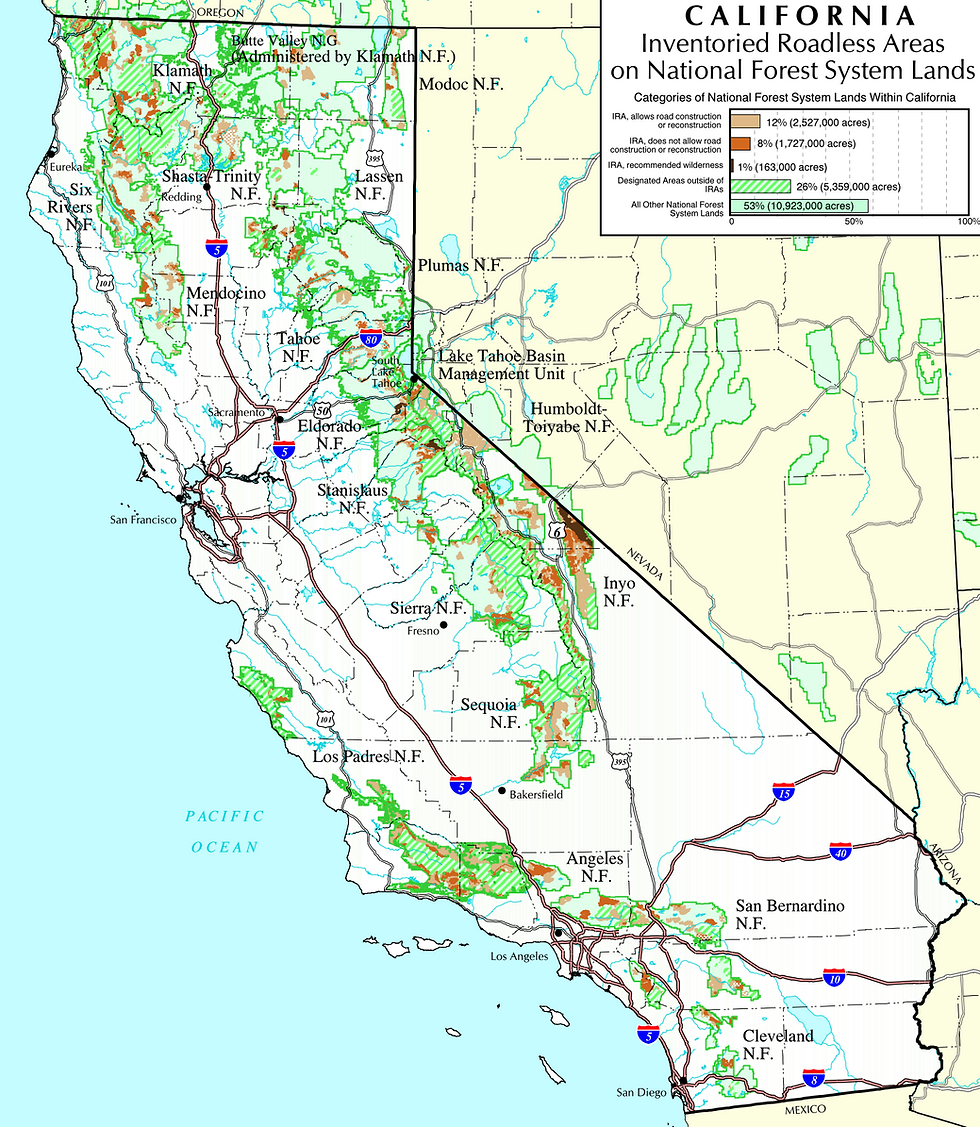The Environmental Protection Agency: The Largest Deregulation Action in U.S. History
- Cecilia Rodriguez

- Mar 12
- 3 min read
Updated: Mar 17

The new EPA Administrator Lee Zeldin is "excited to announce" the largest deregulation action in U.S. history. Framed as an effort to reduce the cost of living for everyday Americans, this move threatens the environmental protection of our planet. Specifically, this includes reconsidering federal regulations on the Mercury and Air Toxics Standards, the mandatory Greenhouse Gas Reporting Program, wastewater regulations for coal power plants and other programs that help keep our water and air clean, these actions are intended to “unleash American energy.”
Additionally, Zeldin has been working with Trump’s new Department of Government Efficiency (DOGE) to reduce “wasteful” federal spending. Within four rounds of budget cuts, Zeldin recently announced the cancellation of 400 grants and contracts related to DEI and Environmental Justice, resulting in a loss of $2 billion since the new Administrator took office.
In the 1950s and 60s, there was a growing public concern with the impacts of human activities on the environment. After years of discussions around possible solutions, congress enacted the National Environmental Policy Act of 1969. In response to this, The Nixon administration created the Council on Environmental Quality (CEQ) and the Environmental Protection Agency (EPA). The CEQ is part of the President's Executive Office, coordinating federal environmental efforts and shaping environmental and energy policies with agencies and White House offices. The EPA is a Federal organization tasked with exactly what its name suggests: protecting the environment. Established in 1970 via an Executive Order by President Nixon, the agency conducts environmental assessments, research, and education while enforcing regulations designed to safeguard public health and natural resources.
Over the decades, the EPA has implemented and upheld a number of environmental and public health safeguards, including the Clean Air Act, which regulates air pollution to protect public health and the environment; the Clean Water Act, which establishes water quality standards and regulates pollution in U.S. waters; and the Endangered Species Act (partially enforced by the EPA), which helps protect threatened and endangered species by regulating pollutants.
A Critical Turning Point for the EPA
On February 27, 2025, the EPA was confronted with a stark directive from the White House. Russell Vought, director of the Office of Management and Budget under the Trump administration, issued a memo instructing the agency to prepare for mass layoffs as part of an ongoing effort to dramatically cut government spending. Earlier that same day, President Donald Trump made a public announcement about the administration’s plan to slash the EPA’s budget by 65%, leading to widespread concern and confusion. CCutting 65% of the agency’s 17,000 staff raises alarms about its ability to function, conduct essential environmental assessments, and enforce critical regulations protecting air, water, and public health.
This announcement, along with the budget cuts and staff reductions, signals a critical turning point for U.S. environmental policy. It highlights the divide over how best to balance economic interests with environmental responsibility and raises important questions about how the U.S. will address urgent global environmental challenges, like climate change, pollution, and biodiversity loss, in the coming years.
If the EPA’s role continues to shrink, it could leave state governments to fill the gap, many of which may not have the necessary resources, jurisdiction, or political will to enforce strong environmental protections. Environmental advocates will be left with fewer tools too, as the federal government has at times preempted state governments from regulating certain industries or issues. With fewer federal safeguards in place, communities across the country could be exposed to greater environmental risks, potentially setting back decades of progress in public health and conservation.





Comments